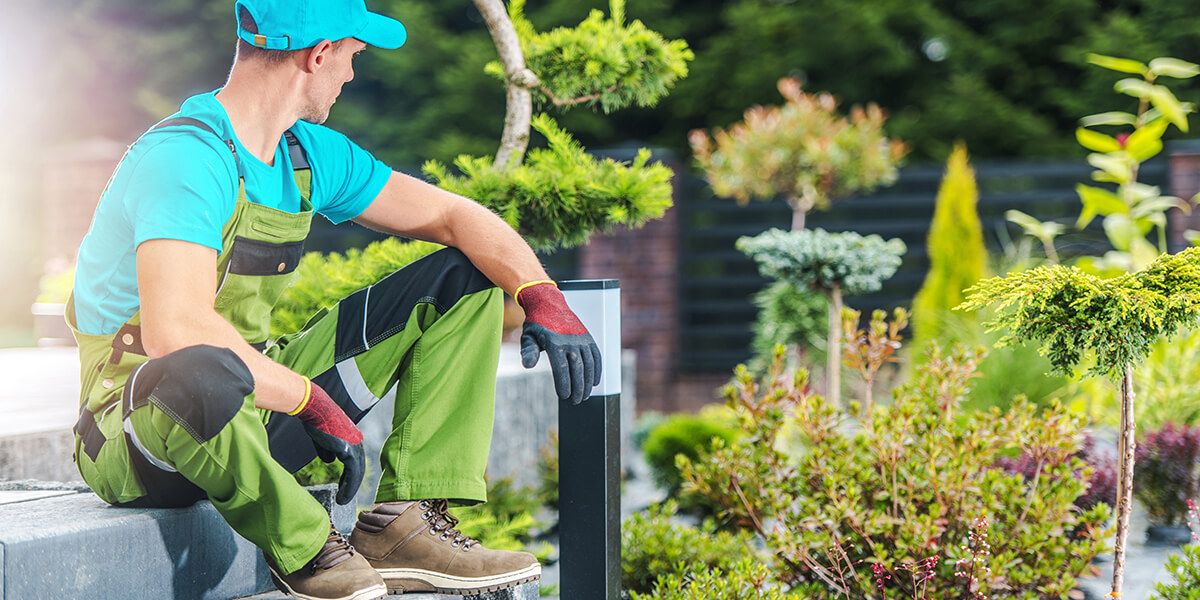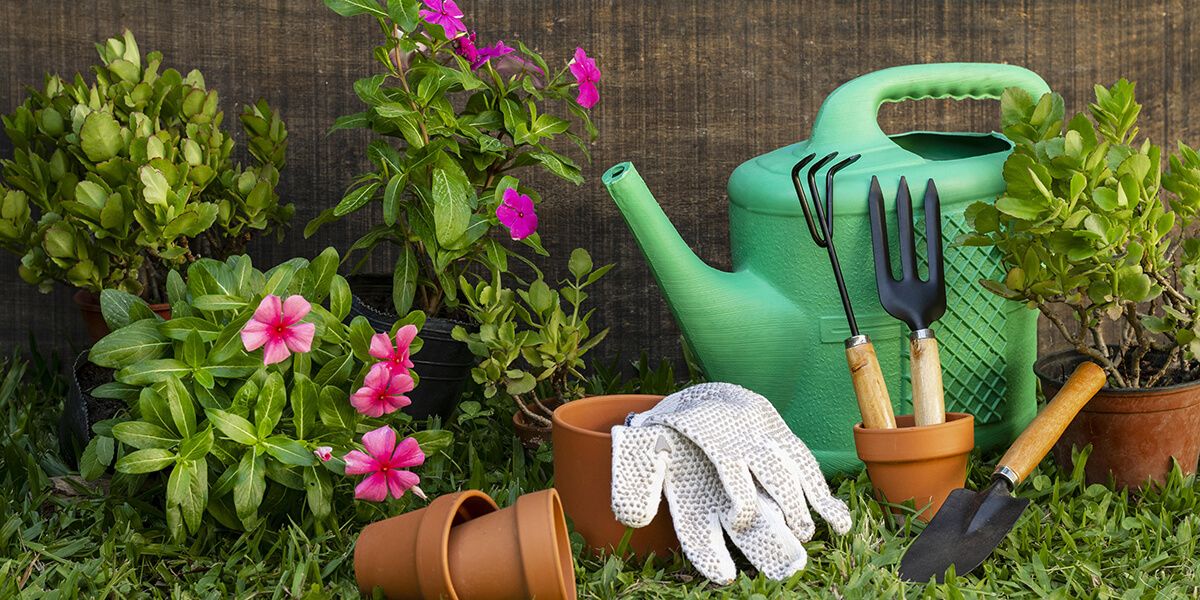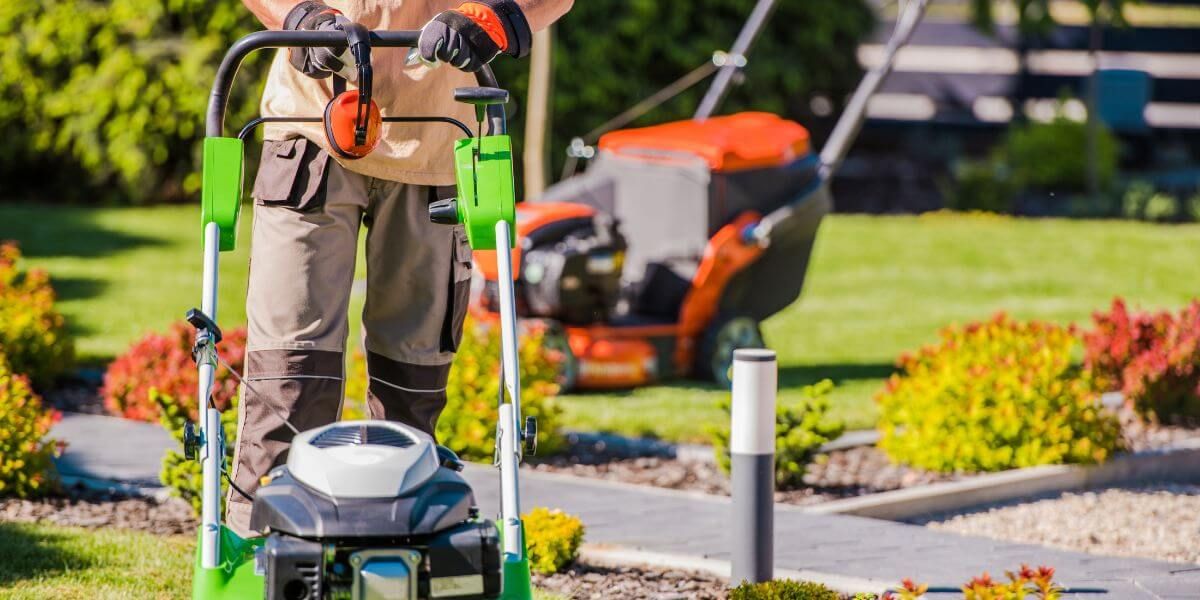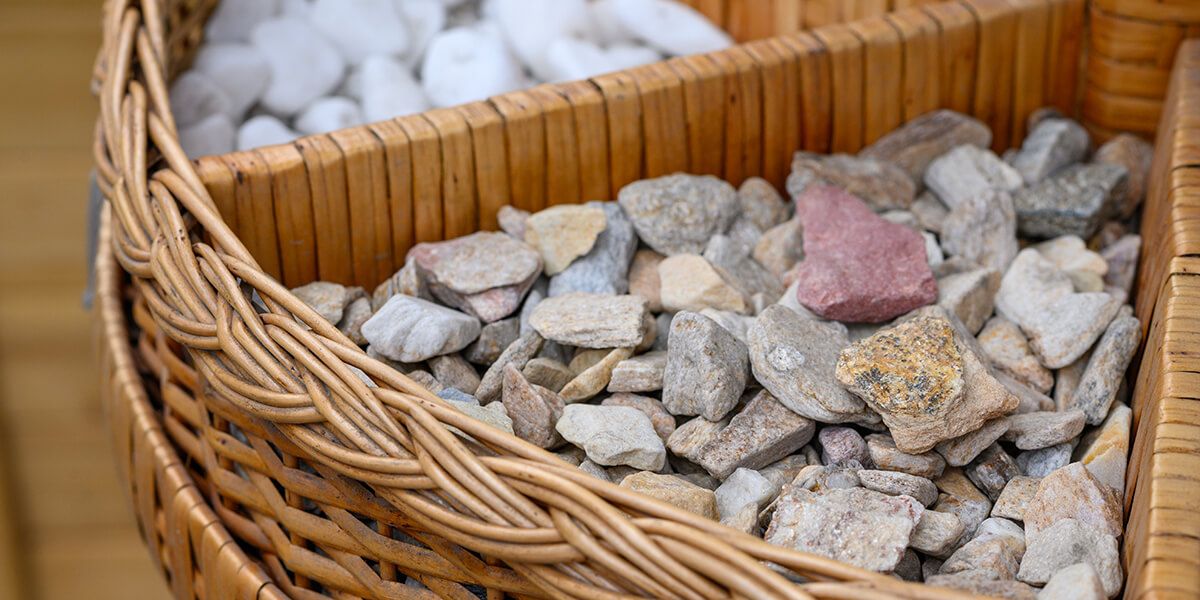How to Landscape a Steep Slope on a Budget: Tips from the Pros
Your yard offers you a private slice of paradise. You have a wealth of possibilities at your fingertips to cultivate a uniquely beautiful area, but understanding how to landscape a steep slope on a budget poses a challenge. Where should you start?
At Santa Rita Landscaping, we provide professional landscape design in Tucson. So our pros curated a few tips to help you get started.
Tip #1: Use Multiple Native Plants
Sloped backyards provide a way to instill beauty and support native wildlife. When you use native plants as a part of your landscape, you provide a local habitat for insects, birds, and other creatures who need a safe place to go.
Additionally, native plants prosper more than annuals or imported perennials. They won’t die when exposed to Tucson’s hot summers. With a readily available supply, you’ll pay little, if any, money to cover that steep slope.
Tip #2: Discover Ground Covers
If you want a lush, thriving garden that bursts with color, you’ll want to cover any bare areas. Ground covers provide the perfect solution. From low shrubs to creeping perennials, ground covers take on a diverse variety of forms.
For example, ice plants are succulents with small, daisy-like flowers that come in multiple colors. They have versatile temperature tolerance. Most garden retailers carry them.
When you choose flora, such as ice plants, you decorate your slope with an attractive, affordable ground cover.
Tip #3: Build a Rock Garden
You can use rocks to bring myriad landscaping ideas to life. A rock garden helps control erosion, ensures your plants take root, and provides an attractive, low-maintenance feature to your slope. If you want to know how to landscape a steep slope on a budget, rocks have the versatility you need.
You can also use natural stone to create pathways, rough-hewn benches, and walls. This adds character to your backyard slope. You can make your rock garden unique to your style and needs.
Tip #4: Create a Water Feature
Many people think that only homeowners with money to spare can install a water feature. However, this assumption doesn’t ring true if you know what to do. You can build a water feature using various surprising materials.
For example, tires, large plastic tubs, and metal tanks can all serve as a luxurious water feature. The real challenge lies in configuring plumbing and drainage.
Your water feature should constantly run to keep mosquitoes from breeding. In addition, proper drainage protects water from collecting in unwanted areas. Otherwise, water features offer a zen-like addition to your backyard slope.
Design Your Personal Paradise with Santa Rita Landscaping
Want to learn more about how to landscape a steep slope on a budget? Learn more about the average cost of landscaping to get a better idea of the costs. You can also contact our landscaping pros at Santa Rita Landscaping for a consultation.
Call us at (520) 623-0421 to start your creative landscaping project today!




